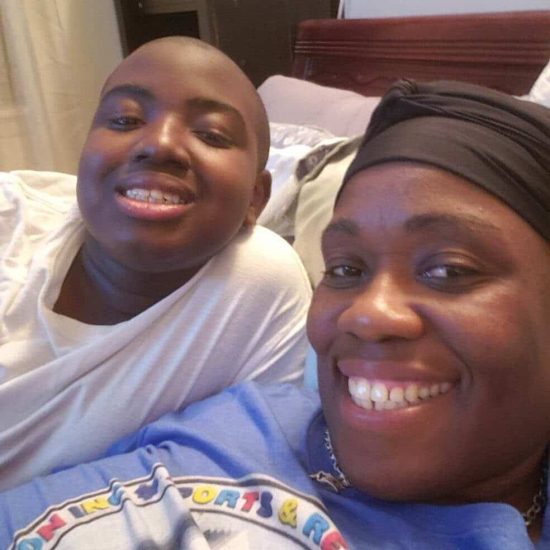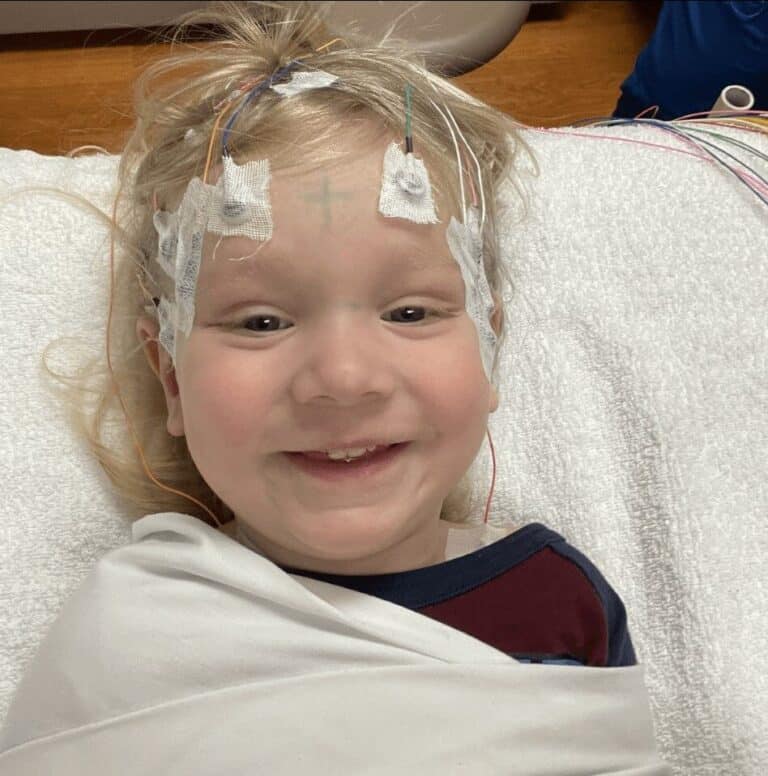About Epilepsy


What is a Seizure?
A seizure is a sudden behavioral change resulting from excessive electrical activity in the brain. Seizures may be provoked, for example, a fever in a young child, drug or alcohol withdrawal, electrolyte imbalance such as low blood sugar. An unprovoked seizure could result from genetic or developmental causes, from a specific medical event such as head trauma, a tumor, or a stroke. And in two-thirds of patients diagnosed with epilepsy, the cause of their seizures is unknown.
What is Epilepsy?
Epilepsy is a neurological disorder characterized by recurring seizures that result in sudden, brief changes in the way the brain works. Seizures are a symptom of epilepsy. Epilepsy is not a mental illness, and it is not contagious. When a person has two or more unprovoked seizures, they are usually diagnosed with epilepsy. Epilepsy is a condition that can begin at any age. Despite all available treatments, about 30 percent of people with epilepsy continue to experience uncontrolled seizures. To read more facts and common questions about epilepsy presented by the Centers for Disease Control and Prevention (CDC), click here.
Within the condition of epilepsy, the International League Against Epilepsy (ILAE) recognizes more than 20 epilepsy syndromes – sometimes called “the epilepsies” – with each defined by a distinctive combination of clinical features, signs and symptoms, and electrographic patterns. Many of these syndromes begin in childhood.
How Many People Are Impacted?
An estimated 3.4 million Americans have active epilepsy, with up to 200,000 new cases diagnosed in the United States each year. Approximately 1 in 26 Americans will develop epilepsy in their lives, and the onset of epilepsy is highest in children and older adults. Among children, epilepsy is the most common brain disorder in the U.S., impacting 470,000 children and adolescents aged 0-17 years.
Worldwide, epilepsy impacts 65 million people. This 2017 report from the CDC indicates that the number of Americans with epilepsy is higher than ever. The chances are, we all know someone with epilepsy.
Why is Epilepsy Advocacy Critical?
Epilepsy affects more people than multiple sclerosis, cerebral palsy, muscular dystrophy and Parkinson’s combined, yet receives fewer federal dollars per patient than each of these. According to advocacy group Citizens United for Research in Epilepsy (CURE), epilepsy costs the United States approximately $15.5 billion each year. The indirect costs associated with uncontrolled seizures are seven times higher than that of the average for all chronic diseases.

Help Make a Difference
Your giving support makes a huge impact for the 1 in 26 Americans who will develop epilepsy over their lifetime. Your tax deductible contribution supports our mission to protect people who face epilepsy.
The Danny Did Foundation is a not-for-profit corporation organized in the state of Illinois and recognized by the Internal Revenue Service as a 501©(3) tax-exempt organization. Our Tax ID number is 27-1642251. We hold a Gold Level charity rating from Guidestar.https://www.guidestar.org/